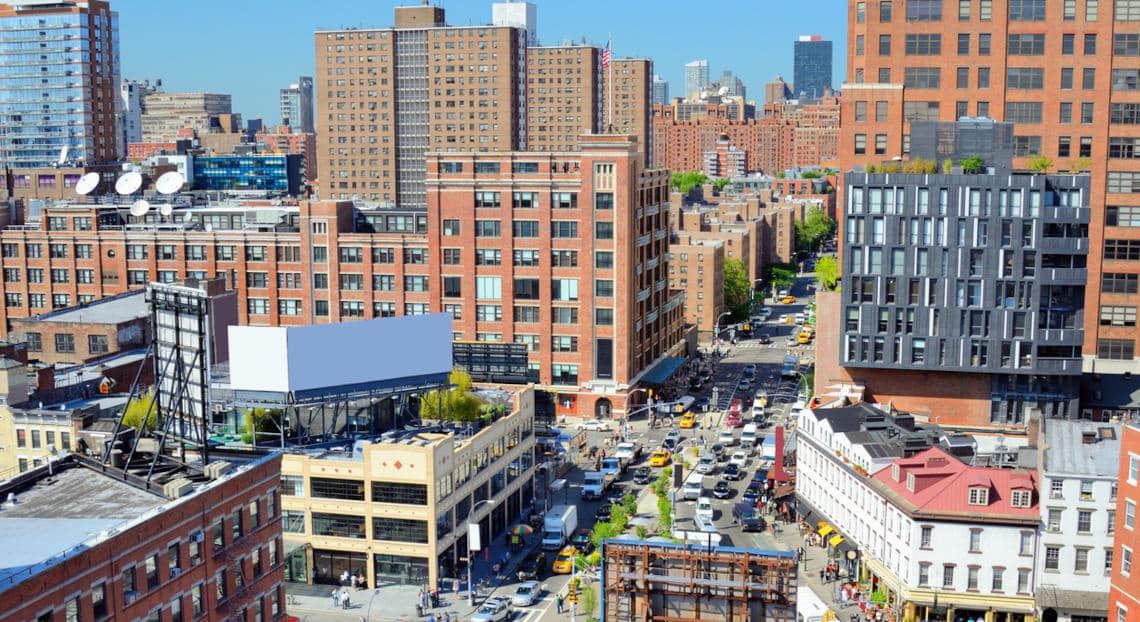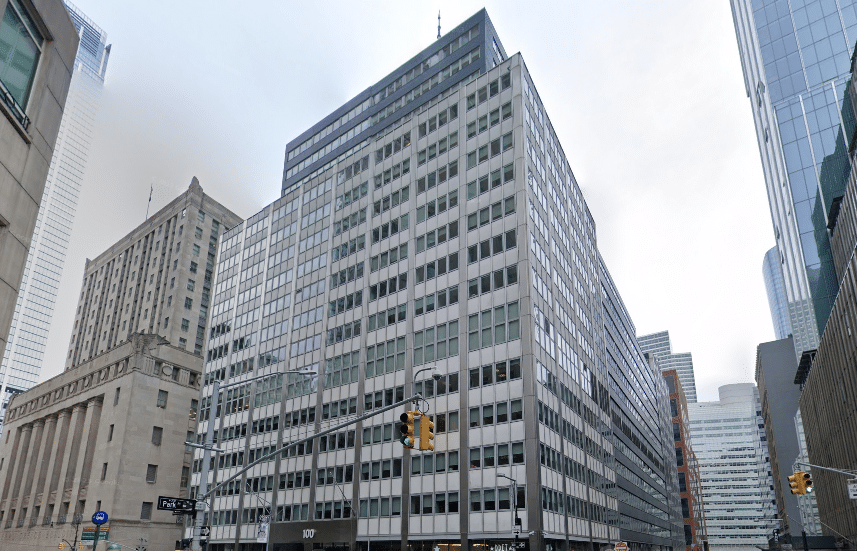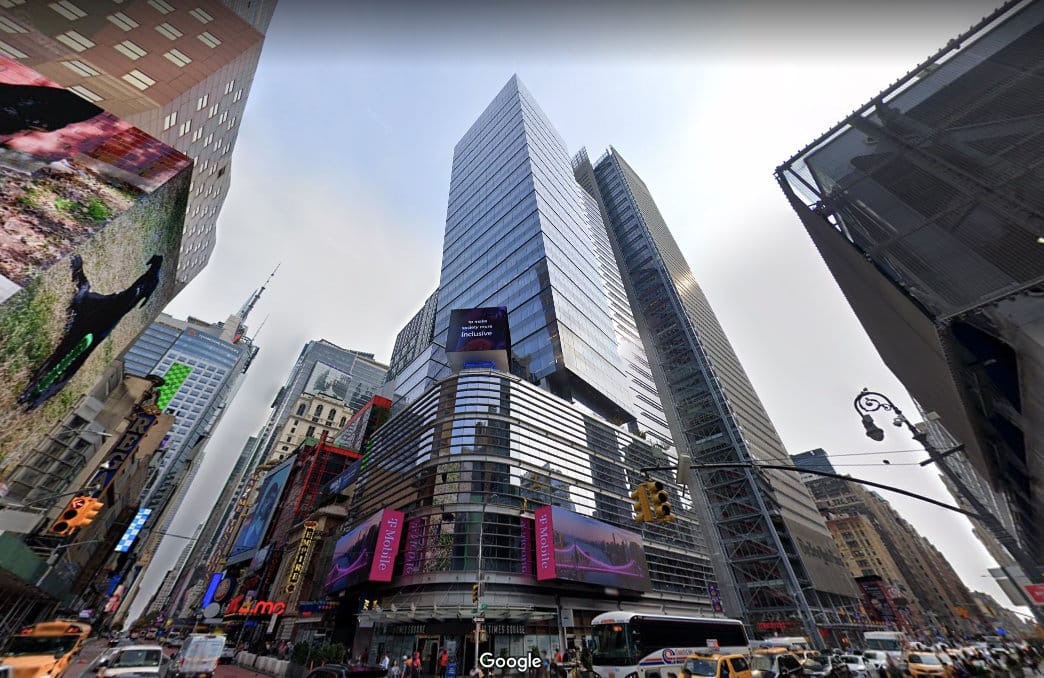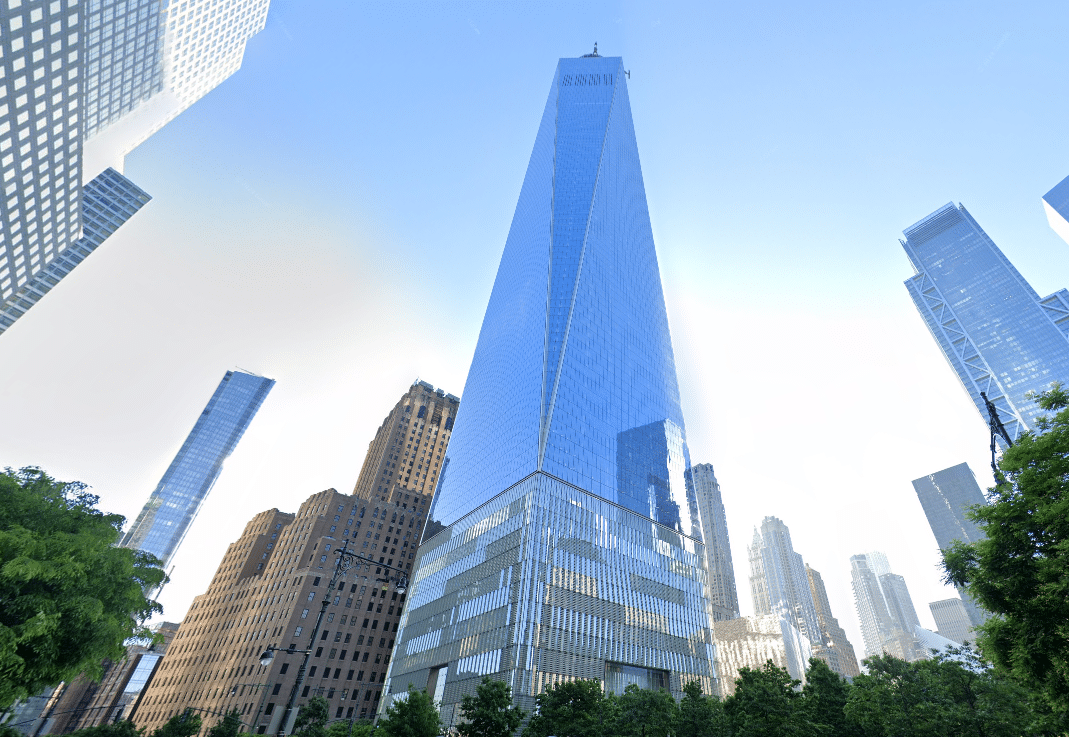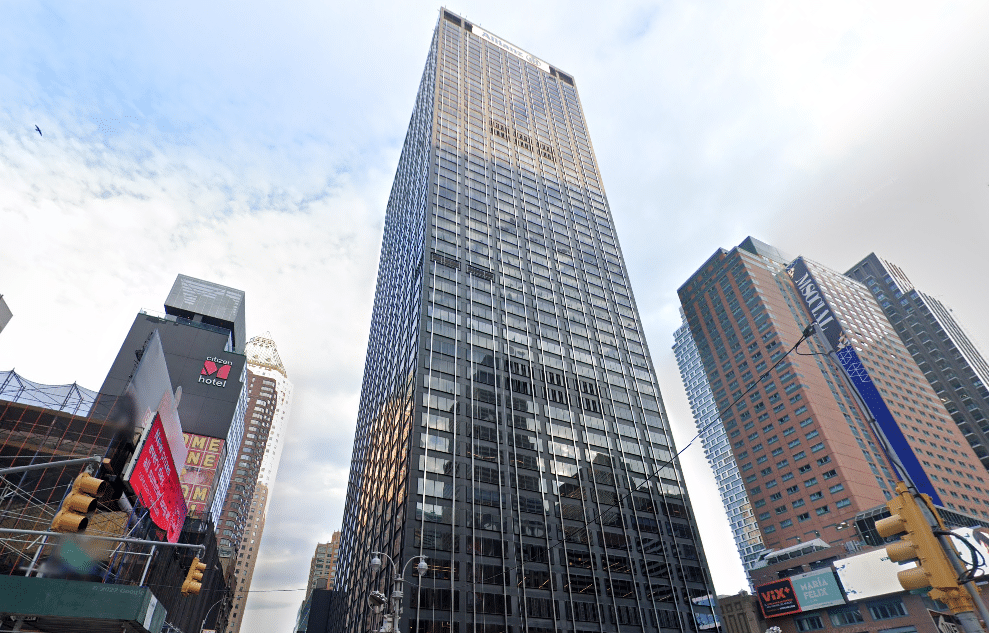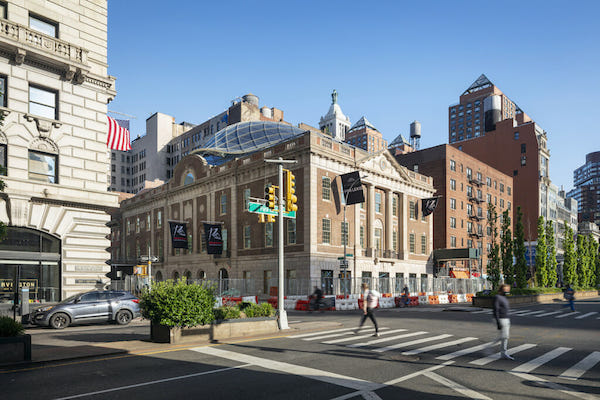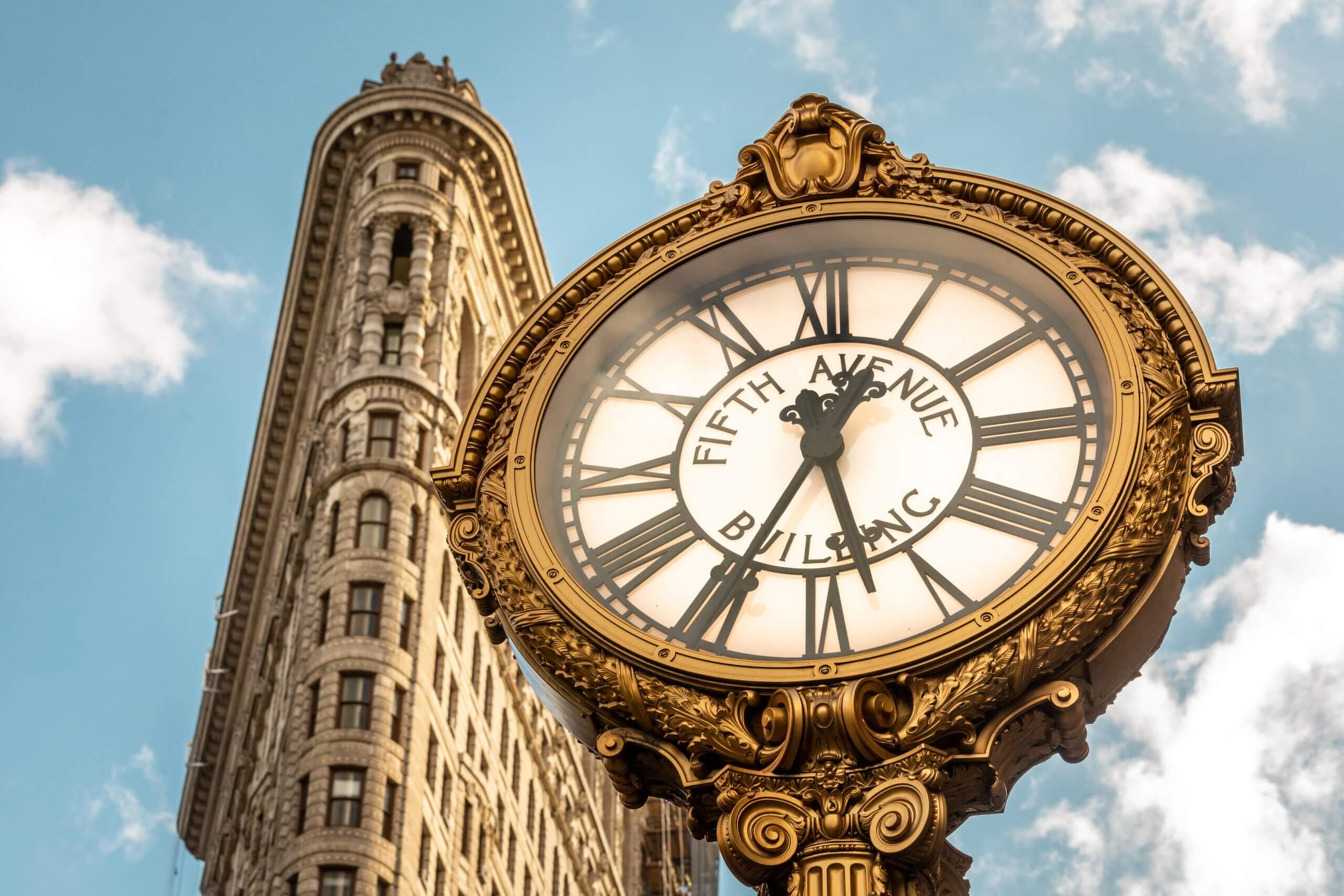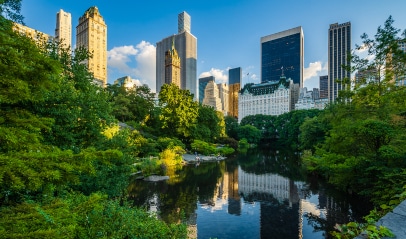In these times of rapid change, American cities, particularly NYC, showcase their impressive ability to adapt and spring back from pandemic life. Yet, it’s clear the revival of NYC isn’t uniform across all areas. The difference is striking – residential and mixed-use neighborhoods thrive, while traditional business districts remain quieter. If you take an evening walk from the older, affluent Plaza District to the younger, buzzing Chelsea, you will see the contrast firsthand.
The pandemic shook up our work environments, pushing us from office desks to home-based setups. This shift kickstarted a transformation, infusing energy into NYC’s residential and mixed-use districts. Shops, restaurants, and gyms teem with activity again. Meanwhile, usual business hotspots still seem subdued, primarily due to execs relocating or embracing remote work. We see the same pattern in cities like LA and Chicago.
We’ll dive into the data to better understand why, consult expert opinions, and share real-life examples.
The Pandemic’s Urban Shift
The pandemic gave us a fresh perspective on our cities. Instead of driving people away, it simply moved the center of activity from business areas to residential neighborhoods. Remote work played a big part in this shift.
Major cities like NYC, LA, and Chicago are changing and adapting in new ways. Yet, the rebirth of certain pockets of these cities hasn’t been merely about filling vacant spaces. It was more about these cities rediscovering their core purpose. Richard Florida, a city planning specialist at the University of Toronto, captured this sentiment perfectly. He believes that cities aren’t just places for jobs and business. They’re lively communities where people create homes and build relationships. He believes the pandemic reminded us of this, causing changes in city life that will likely stick around.
Residential Neighborhoods: New Economic Hubs
As COVID-19 took hold, analysts quickly predicted doom for big cities. They foresaw a downward spiral driven by remote workers seeking more space and lower costs in suburban and rural areas. However, the reality of the situation has turned out to be far from these initial gloomy forecasts.
As more workers began conducting their 9-to-5 from home, the residential neighborhoods of big cities underwent a notable transformation. These areas emerged as the new economic hubs no longer overshadowed by business districts, largely due to remote work’s influence.
The Case of Residential Brooklyn Neighborhoods
Take Brooklyn’s neighborhoods, Ditmas Park and Williamsburg, as prime examples. Once sleepy during work hours, these areas are now teeming with life. As residents started spending more time at home, they began frequenting local shops, gyms, and restaurants more regularly. These catalysts brought about a revitalization of local economies and transformed these neighborhoods into thriving urban pockets.
Beyond Brooklyn: Chicago and LA
The story is similar in other major cities like Chicago and Los Angeles. Foot traffic in downtown LA is 30.7% below pre-pandemic levels, while downtown Chicago is down by 27.2%. But, the numbers are returning to normal in their respective residential areas.
Lunchtime Trends: A Shift in Dynamics
Food delivery trends present another fascinating angle. Grubhub’s data reveals a telling shift; business districts are no longer the lunchtime kings. Corporate orders have taken a hit, while residential neighborhoods are experiencing a boom, highlighting a deeper, more localized shift in urban lifestyles.
In 2019, almost 95% of New York City’s corporate lunch orders came from the city’s business districts, according to Grubhub. This year, that figure has dropped to around 85%. A similar trend is apparent in Chicago, where corporate lunch orders from the central business district have declined from over 80% in 2019 to just over 60% currently.
The Rent Data Perspective
While there are many indicators of this urban shift, rent data offers a compelling insight. It paints a picture of a growing demand for city living, reflected in rising rents despite the ongoing prevalence of remote work.
Take Manhattan’s Greenwich Village, for instance. This vibrant neighborhood has seen its median housing rent soar by 30% in April 2023 compared to the same month in 2019. Similarly, in Los Angeles’ affluent Brentwood neighborhood, the median rent has shot up by an astonishing 63%.
These significant increases aren’t just random spikes. Instead, they underscore a deeper trend – city life is still in high demand. People aren’t just working in cities; they’re living, connecting, and spending their disposable income there, strengthening the city’s economy, one neighborhood at a time.
A Firsthand Look at NYC’s Mixed-Use vs. Business Districts
Taking a stroll through NYC’s streets, you’ll witness the city’s transformation firsthand. One interesting way to gauge building occupancy rates is by counting the number of lit windows. While not an exact science, this simple observation can hint at the dynamic of a neighborhood.
First, look at areas favored by younger crowds, such as Chelsea, the Upper West Side, and Williamsburg in Brooklyn. Strolling through these neighborhoods reveals many lit windows – a simple yet revealing sign of life and activity, demonstrating a resilient post-pandemic bounce-back.
In contrast, let’s examine affluent neighborhoods with older residents, such as Miracle Mile on the Upper East Side or Park Avenue in the 70s. A walk through these areas will uncover more unlit windows and a noticeable quiet in the streets. These neighborhoods have been slower to recover, possibly due to remote work trends and many residents moving to tax-favorable locations like Florida. This difference presents a striking contrast in the pace of the revival of NYC
Reborn Mixed-Use Neighborhoods
You can witness the revival of NYC in real-time in certain neighborhoods in Manhattan. For instance, in SoHo, data from Cushman & Wakefield reveals retail space is at its lowest availability since 2014.
Meanwhile, Manhattan’s Upper West Side is experiencing a rebirth as well. As Andrea Loscalzo, owner of the Italian restaurant Salumeria Rosi, shares, the neighborhood has been as busy as before the pandemic. The clientele, however, has evolved. Many previous regulars left the neighborhood, but a wave of young professionals in their 30s and 40s moved in, infusing new life and energy into the area.
Let’s remember Chelsea and the Flatiron District, too. Fueled by a surge in residential construction and an influx of younger demographics, these neighborhoods exude fresh, vibrant energy.
The Other Side of the Coin: Traditional Business Districts
The revival of NYC is not a universal rebirth. While mixed-use neighborhoods hum with life, traditional business districts tell a different tale. Areas that were once vibrant with business activity are now replaced by a striking silence as the echoes of corporate hustle fade away.
Consider the Miracle Mile and Upper East Side. Usually frequented by a wealthy demographic, these areas hint at a considerable relocation of primary residences, perhaps to sunnier states like Florida.
Additionally, the Plaza District is another glaring example. This sector, formerly a hub of executive bustle and premium retail, has dramatically changed. Many of the neighborhood’s pricey Class A office buildings have yet to see executives return. Moreover, the silence is further intensified by closed high-end retail stores and shuttered hotels like the Four Seasons still grappling with union disputes.
Where Do We Go From Here
As we tread into the post-pandemic future, our cities face a critical question: adapt or stagnate? Should the slow return to offices remain the norm, neighborhoods must transition from a business-centric focus towards a residential and community-oriented one.
Hurdles Ahead
Despite strides by residential areas, cities face challenges. Empty office buildings, previously bustling downtown hubs, now create a vacuum, affecting local businesses and property-tax revenues. Cities need to weather these changes without losing their vibrancy.
Office Space Repurposing: A Potential Solution?
Repurposing office spaces into apartments is a long-term solution proposed by urban planning experts. Although it is a complex and time-consuming process, it offers potential benefits such as reviving urban centers, stabilizing property values, and accommodating housing needs. Furthermore, this strategy could aid the city’s adaptation to an evolving work culture. The transformation of the Flatiron Building is a great example of converting mid-sized office buildings into residential spaces. Taking this same approach in struggling business districts could rejuvenate them and integrate them back into the city’s dynamic fabric.
The Key Takeaways on the Revival of NYC
The revival of NYC and other American cities is not solely about resilience and bouncing back. Instead, it’s a story about moving forward. American cities have always have always displayed adaptability and innovation, and their post-pandemic recovery will be no different. With challenges come opportunities, and the transformations we see hint at a vibrant and diverse urban future. The resiliency we’re witnessing today in NYC and beyond indicates the potential. What lies beyond is not just a return to ‘normal’ but a path towards a vibrant and rejuvenated urban landscape.
